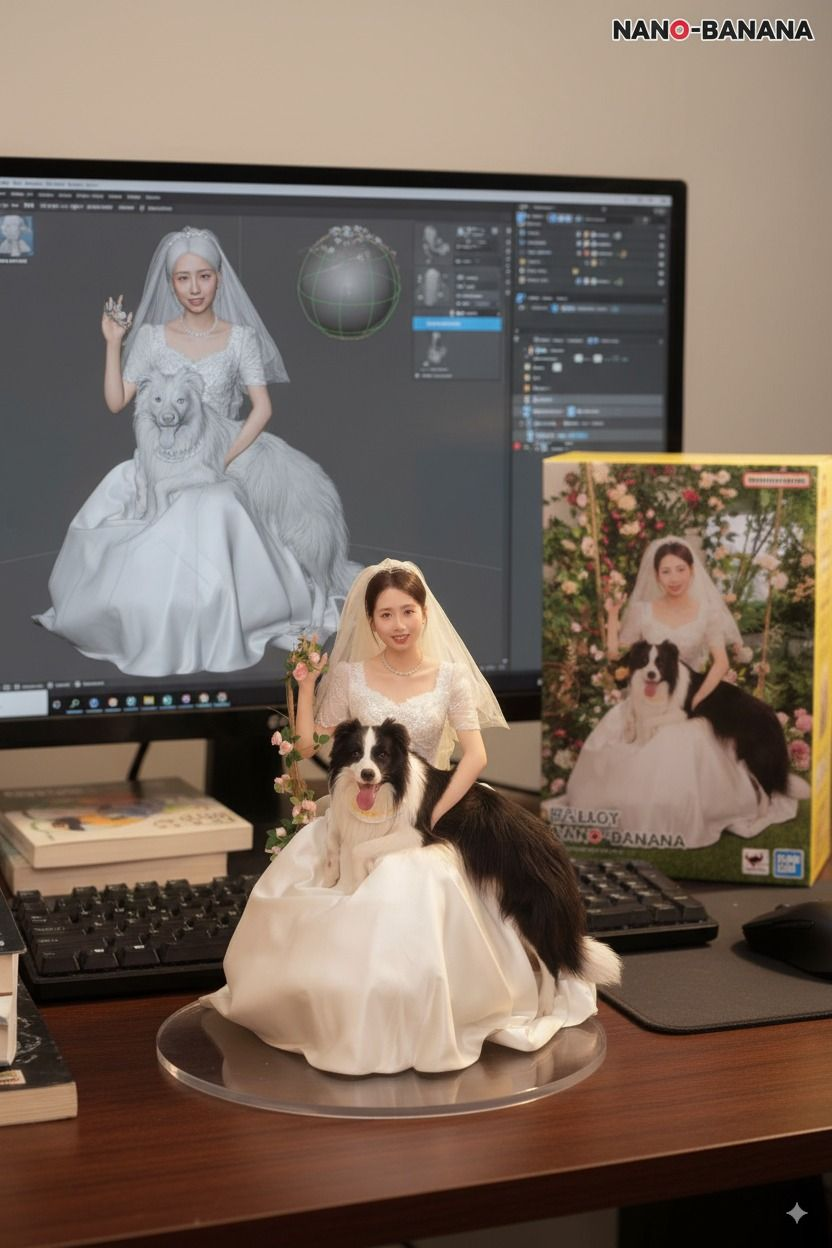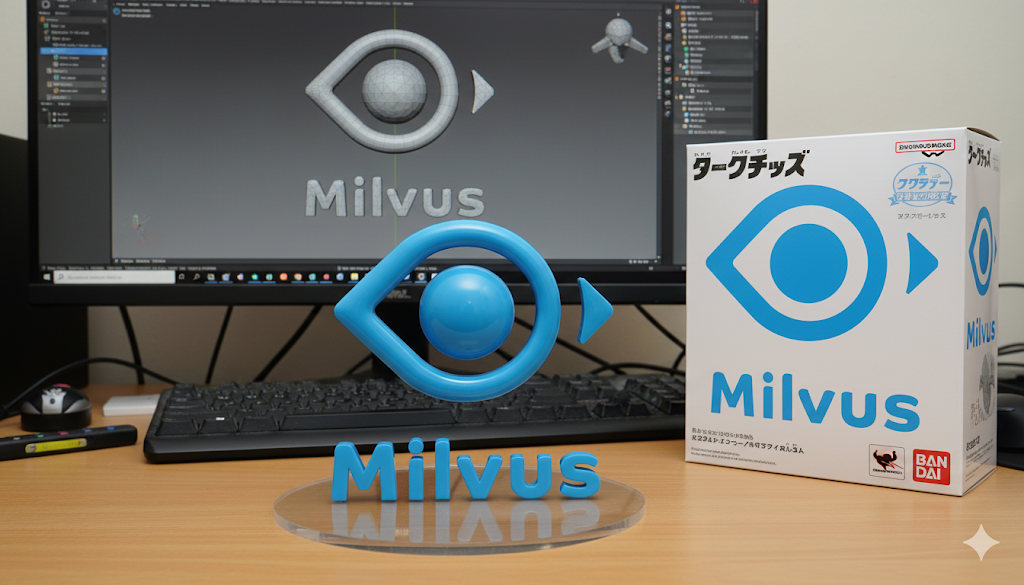Nano Banana is the nickname for Gemini 2.5 Flash Image, a multimodal model released by Google in late August 2025. The model quickly became a trending topic because it can generate images with greater accuracy and consistency compared to earlier versions. The unusual codename “Nano Banana” caught on in online communities, making it easier for people to refer to the release in a casual way.
The model is designed to handle both text and image inputs, producing results that feel more coherent and realistic. For example, when asked to create several images of the same subject, Nano Banana can maintain details like color, style, and proportions across different outputs. This consistency makes it useful not just for fun experiments but also for more practical uses such as branding, advertising mockups, and product design sketches.
Because of these qualities, Nano Banana quickly became a popular tool among both hobbyists and professionals. Social media platforms were filled with examples ranging from 3D figures to cross-brand mashups, demonstrating how easily people could turn ideas into visuals. In short, Nano Banana refers to Google’s latest multimodal AI model, known for combining creativity with stronger control over results.
Popular prompt is like below:
“Use the Nano Banana model to create a 1/7 scale commercialized figure of the character in the illustration, in a realistic style and environment. Place the figure on a computer desk, using a circular transparent acrylic base without any text. On the computer screen, display the ZBrush modeling process of the figure. Next to the screen, place a Bandai-style toy packaging box printed with the original artwork.”
The results are like this:


Production use cases
Teams are already applying Nano Banana in production. A mobile entertainment platform is testing avatar dress-up features where players upload photos and instantly try on in-game accessories. E-commerce brands are using a “shoot once, reuse forever” approach, capturing a single base model image and generating outfit or hairstyle variations instead of running multiple studio shoots.
To make this work at scale, generation needs retrieval. Without it, the model can’t reliably find the right outfits or props from huge media libraries. That’s why many companies pair Nano Banana with Milvus, an open-source vector database that can search billions of images and embeddings. Together, they form a practical multimodal RAG pipeline—search first, then generate.
👉 Read the full tutorial on Nano Banana + Milvus